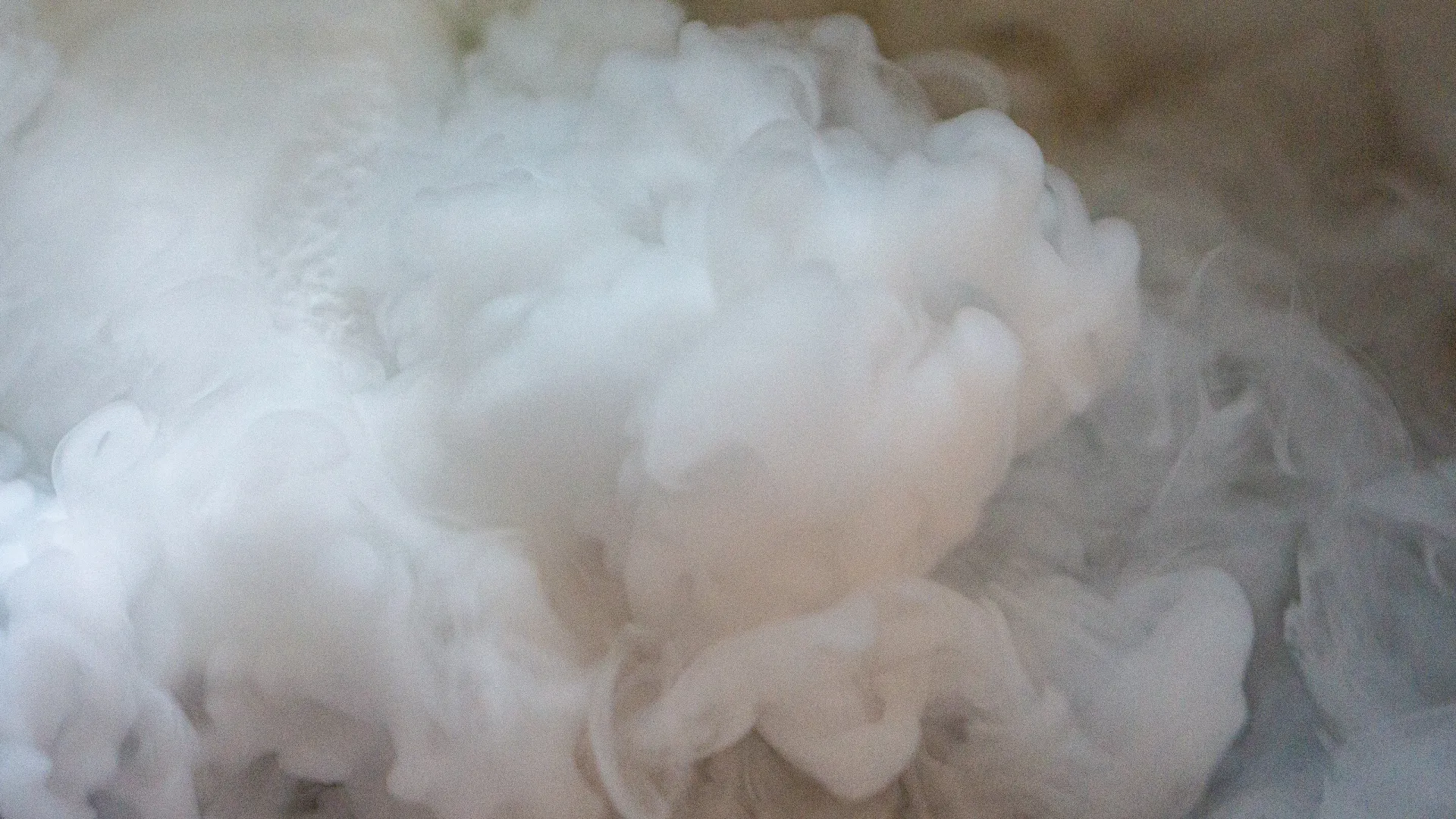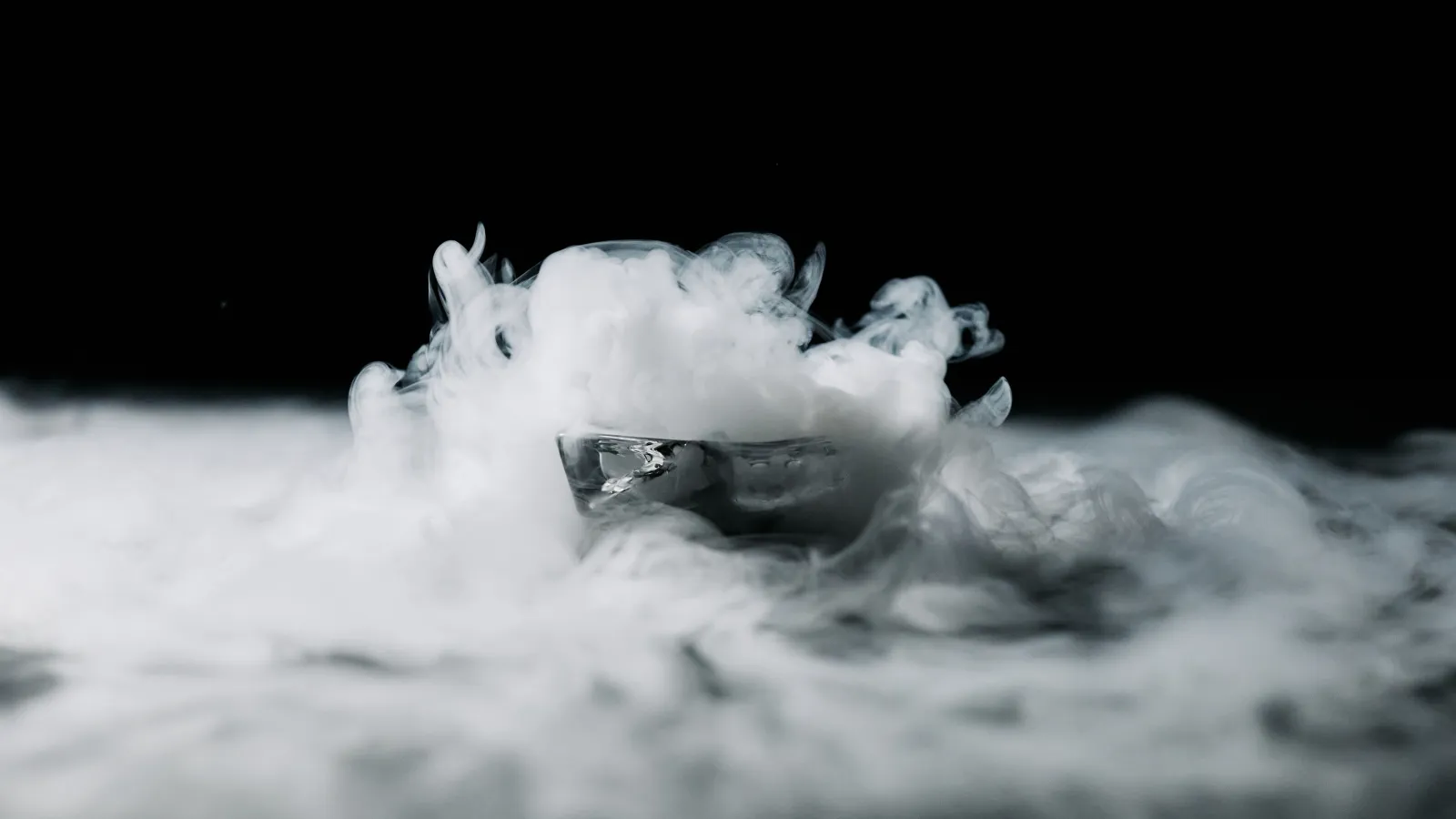
How is Dry Ice Made?
Discover What Makes Dry Ice Different
Dry Ice Introduction
Dry ice, an essential material in many industries, is not your ordinary ice. Unlike traditional ice made from water, dry ice is a solid form of carbon dioxide. Its unique characteristics, such as its extremely cold temperature and sublimation feature (turning directly from a solid to a gas), make it invaluable in the medical, food, and entertainment industries, among others. But how is dry ice made? This article provides a clear and concise explanation of this intriguing process.
Overview of Dry Ice Production
In understanding how dry ice is made, it is crucial to note that its primary ingredient is carbon dioxide gas. This gas is a byproduct of various industrial processes, including power generation and alcohol fermentation. Once collected, it undergoes a multi-step process that transforms it from a gas to a solid — the dry ice we are familiar with.
Detailed Process of Making Dry Ice
The manufacturing process of dry ice commences with raw carbon dioxide gas. This gas, typically sourced from industrial processes, is first purified to remove any impurities that could impact the quality of the dry ice.
Purified Carbon
The purified carbon dioxide gas is then pressurized in industrial-grade compressors. This stage of pressurization is key as it causes the carbon dioxide to reach a state known as a supercritical fluid, a state that exhibits properties between a liquid and a gas.
Pressurization of Co2
Pressurization of carbon dioxide takes place at around 870 psi (pounds per square inch) and leads to a temperature rise. However, it's important to keep the temperature under control during this phase, so a cooling system is used to decrease the temperature. This cooling process transforms the high-pressure carbon dioxide gas into a cold, high-pressure liquid.
Once the liquid carbon dioxide is achieved, it is then allowed to expand rapidly. This is usually accomplished by reducing the pressure exerted on the liquid, allowing it to move into a lower-pressure environment. This sudden release, or decompression, forces the liquid carbon dioxide to expand and convert back into a gas.
Rapid Expansion
The rapid expansion causes a considerable drop in temperature in a principle known as the Joule-Thomson effect. This drastic temperature change is sufficient to freeze some carbon dioxide into solid particles, creating a sort of carbon dioxide "snow."
This "snow" is then moved into a hydraulic press. Depending on the required dry ice form, different presses may be used. The snow-like particles are then compacted under high pressure to form solid blocks, pellets, or other desired shapes. This is the solidification process.
Safety is a paramount concern throughout the process of making dry ice. Operators must wear proper protective clothing to prevent contact burns from the extreme cold of dry ice, with a surface temperature of -78.5 degrees Celsius (-109.3 degrees Fahrenheit). The rapid change from high-pressure to low-pressure environments must also be carefully controlled to prevent explosive decompression. Proper ventilation is also critical to prevent the buildup of carbon dioxide gas in the working environment.
Through this intricate and carefully controlled process, we get the dry ice used across industries ranging from food services to healthcare and entertainment.
Different Forms of Dry Ice and Their Manufacturing Processes
Dry ice isn't only available in block form. Depending on the application, it can also be made into pellets, slices, and even dust. These different shapes are achieved by adjusting the production process. For instance, making pellets involves extruding the tiny particles through a die plate.
Regardless of the form, all dry ice production methods require a source of carbon dioxide, pressure, and low temperatures. The application or use determines the dry ice's most appropriate shape and size.
Conclusion
In conclusion, the answer to the question, "How is dry ice made?" involves a fascinating journey from gaseous carbon dioxide through a liquid stage to solid-state dry ice. It's a remarkable process that balances precise pressure and temperature changes. Dry ice availability in different forms broadens its applications, ranging from scientific research to preserving food during transport. As we continue to innovate and discover more uses for this versatile substance, producing dry ice will undoubtedly remain an essential and exciting topic.
Frequently Asked Questions About Dry Ice
Q Is it safe to touch dry ice?
It's not safe to touch dry ice with bare hands due to its extremely low temperature of -78.5 degrees Celsius (-109.3 degrees Fahrenheit). Direct contact can cause frostbite-like injuries. When handling dry ice, always use protective gloves or tongs.
Q What happens if you put dry ice in water?
When you put dry ice in water, it accelerates the process of sublimation (transition from solid to gas). The result is a thick fog made of condensed water vapor and carbon dioxide gas, often used for dramatic effects in stage performances or for scientific demonstrations.
Q How should dry ice be stored?
Dry ice should be stored in an insulated container, preferably a cooler, to slow down its sublimation. However, the container should not be airtight to allow gas to escape and prevent pressure build-up, which could be dangerous.
Q Is the gas released from dry ice harmful?
Dry ice sublimates into carbon dioxide gas, which is naturally present in our atmosphere. However, in confined or poorly ventilated spaces, high concentrations of carbon dioxide can displace oxygen and can be harmful or even life-threatening. Therefore, it's important to use and store dry ice in well-ventilated areas.

Buy Dry Ice
Get A Quote Today
No matter if you require 25 pounds or 50,000 pounds, we are here to assist you with your dry ice requirements.